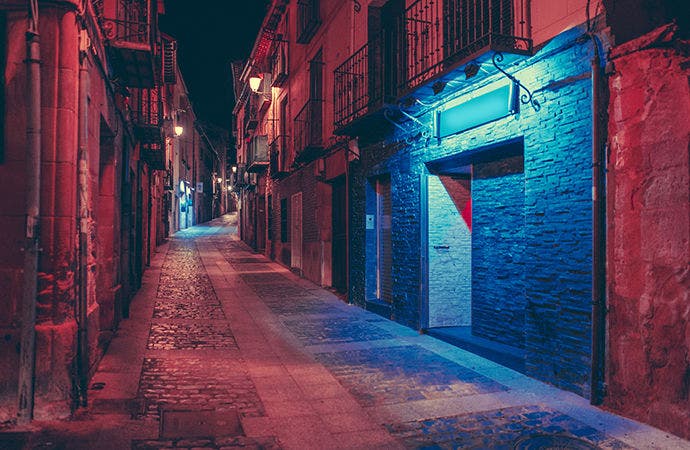Focus on the story.
Never forget that you’re a storyteller and every shot should serve your story. “If you’re bouncing around locations quickly, like in Law and Order, it can be helpful to use establishing shots,” Stoler says. “But if you’re doing something short, you can set that information up more quickly.”








